Nostalgic facts about toys and gadgets from your childhood
Ah, childhood memories! The days when life was simple and joy was found in the little things—like toys that sparked our imagination and brought endless hours of fun. Remember the excitement of unwrapping a new toy, the anticipation building as you peeled back the paper?
Let’s take a journey down memory lane and revisit some of the beloved toys that filled our childhood with laughter and wonder. From classic puzzles to electronic wonders, these toys made every day an adventure.
The Magic of the Slinky: A Stairs’ Best Friend
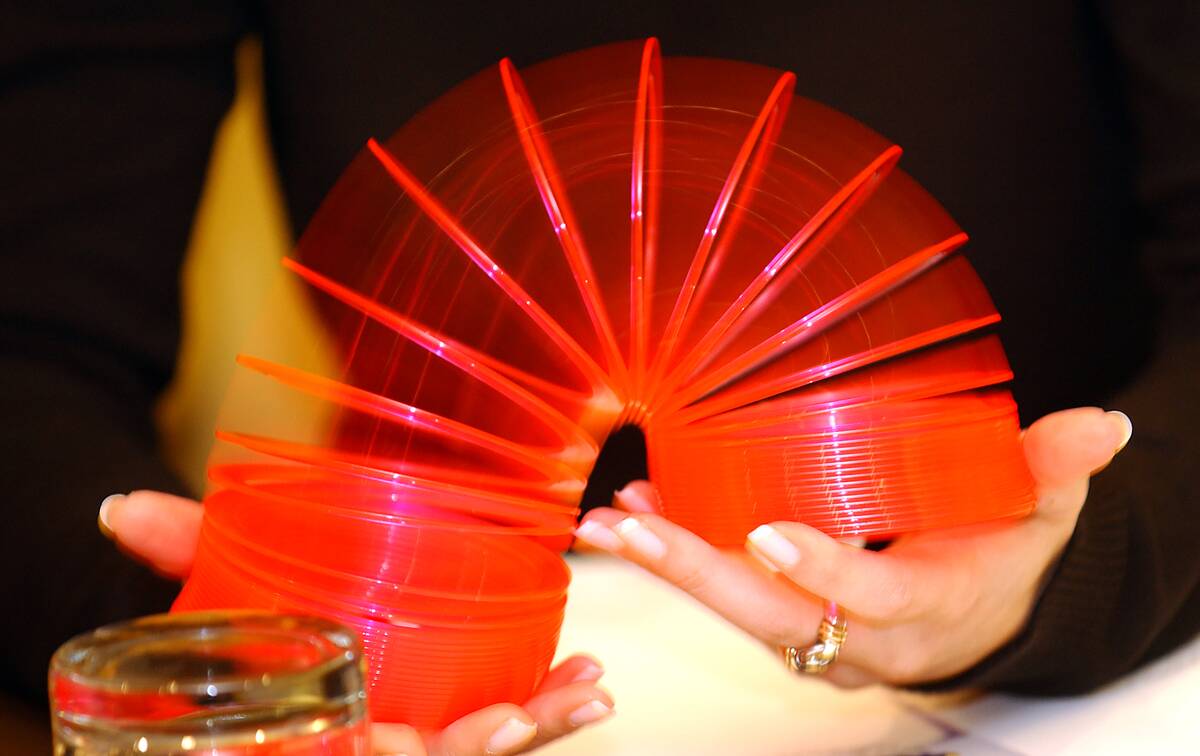
Who can forget the mesmerizing motion of a Slinky cascading down a flight of stairs? This simple yet fascinating toy, invented by Richard James in 1943, has been a staple in many households.
A Slinky is made from a helical spring, originally crafted from 80 feet of wire. Watching it flip and walk down steps was pure magic, providing endless entertainment. It even made its way into the Toy Hall of Fame in 2000, proving its timeless appeal.
Tamagotchi: The Virtual Pet Craze

In the late 1990s, Tamagotchis became the virtual pets every kid wanted to own. Created by Akihiro Yokoi and Aki Maita, these tiny egg-shaped devices housed digital pets that needed feeding, cleaning, and attention.
The challenge of keeping your pixelated pet alive and happy was all-consuming, and for many, it marked their first experience with digital responsibility. The Tamagotchi craze was so widespread that over 82 million units have been sold worldwide.
The Rise and Fall of Beanie Babies
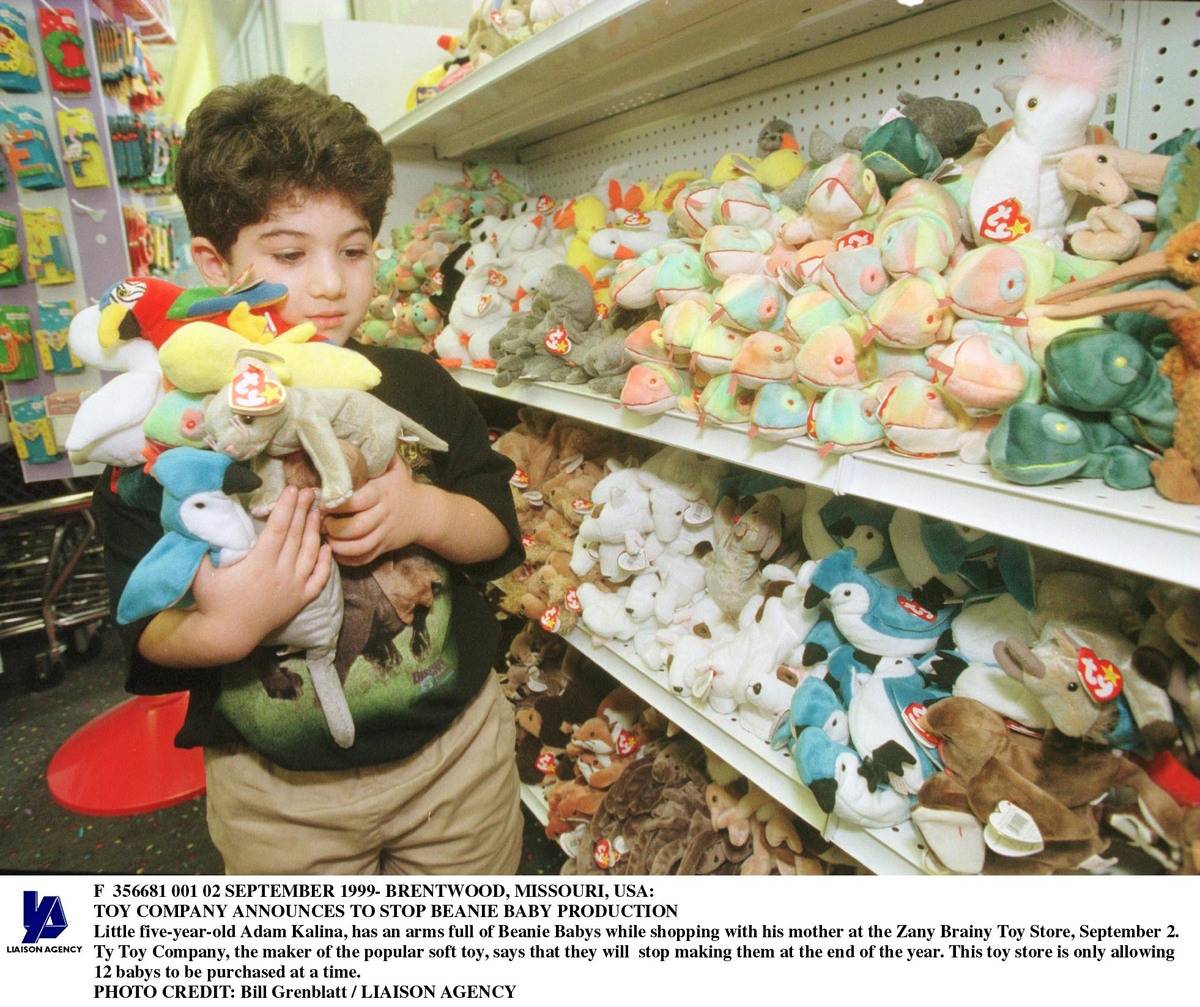
Beanie Babies were more than just toys; they were collectibles that sparked a global craze in the 1990s. Created by Ty Warner, these plush animals were filled with plastic pellets, making them uniquely posable.
Each Beanie Baby had a special name and birthday, and their limited availability fueled a frenzy among collectors. At their peak, people believed they were an investment, but the bubble burst, and their value plummeted, leaving many with cherished but less lucrative collections.
Game Boy: The Handheld Revolution
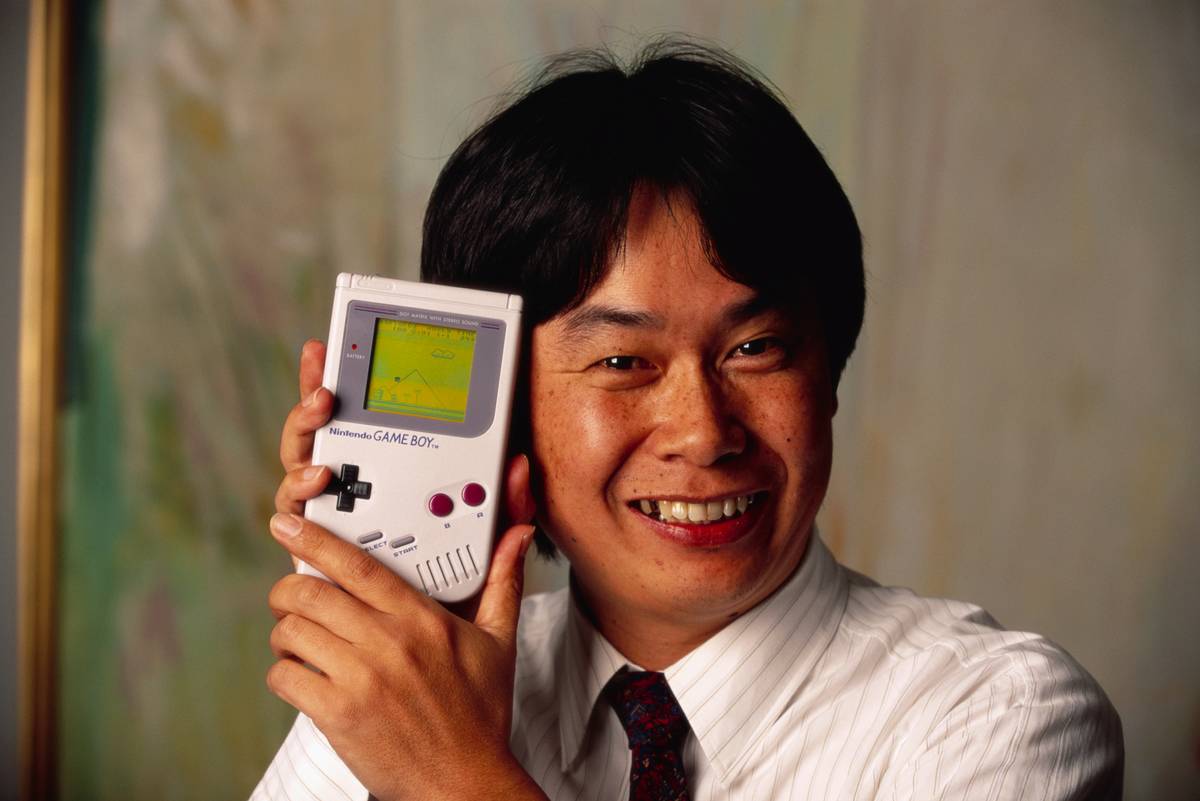
Launched by Nintendo in 1989, the Game Boy revolutionized portable gaming. This 8-bit handheld console, designed by Gunpei Yokoi, brought beloved games like Tetris and Pokémon to the palms of our hands. With its interchangeable cartridges, the Game Boy offered endless gaming possibilities and became a staple for kids and adults alike.
Over its lifetime, more than 118 million units were sold, cementing its legacy as a cornerstone of gaming history.
The Rubik’s Cube: A Puzzle Phenomenon

The Rubik’s Cube is a classic puzzle toy that has confounded and captivated minds since its invention in 1974 by Ernő Rubik. This 3D combination puzzle boasts over 43 quintillion possible configurations, but only one solution.
The challenge lies in aligning all nine squares of each color on each face. Speedcubing competitions have turned solving the cube into a sport, with the world record for a single solve being just 3.47 seconds as of 2023.
Transformers: Robots in Disguise Delight

Transformers toys brought the excitement of robots that could turn into vehicles and other gadgets, capturing the imaginations of children across the globe. Introduced by Hasbro in 1984, these action figures were part of a larger franchise that included comic books, TV series, and movies.
The iconic battle between Autobots and Decepticons intrigued fans, making Transformers a cultural phenomenon that continues to evolve with new iterations today.
The Charm of Polly Pocket Worlds

Polly Pocket toys, introduced by Bluebird Toys in 1989, offered miniature worlds filled with tiny figures and accessories. These compact cases, often shaped like hearts or seashells, could be carried anywhere, providing on-the-go fun.
With their vibrant colors and intricate designs, Polly Pocket sets allowed kids to create imaginative stories and adventures. The brand has seen various revivals, remaining a beloved toy line for new generations of kids.
Light-Bright: Illuminating Creativity
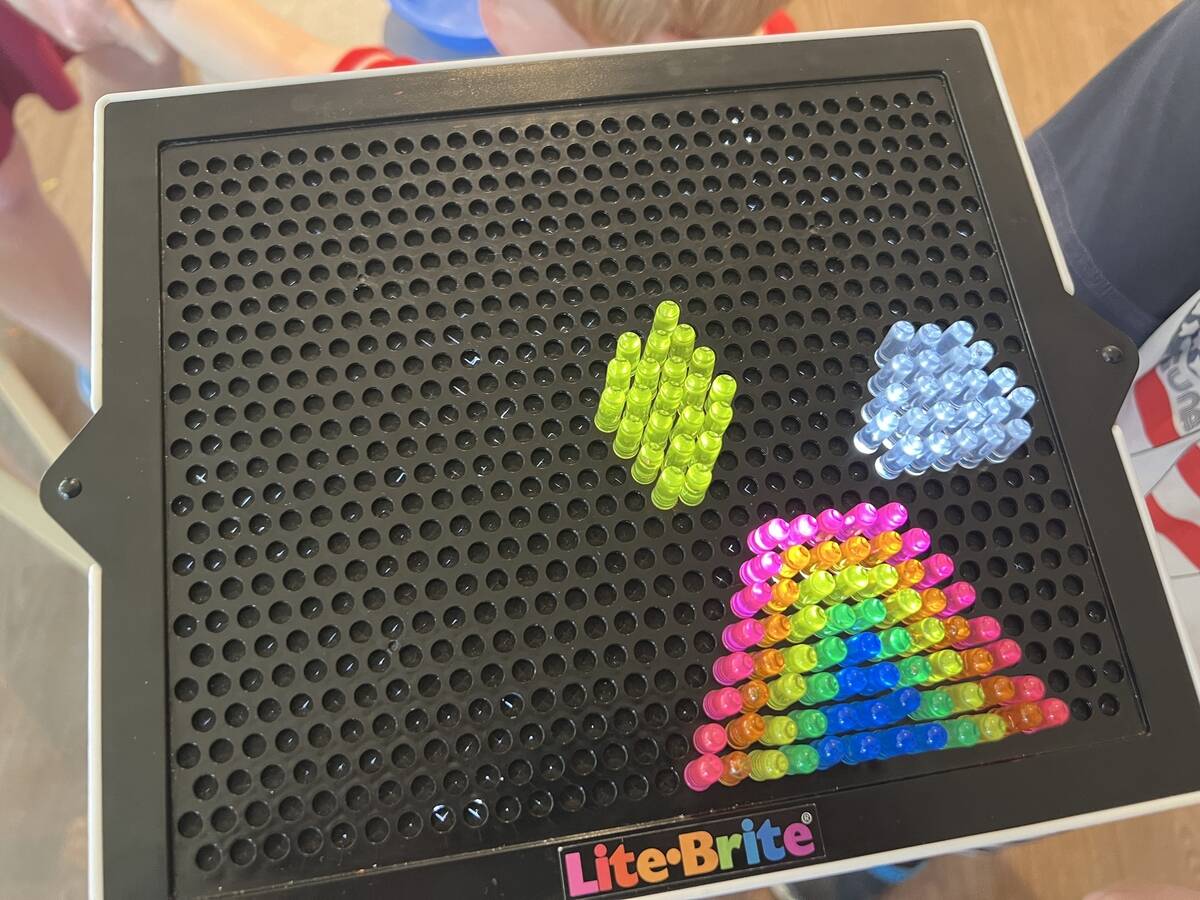
Lite-Brite, first introduced by Hasbro in 1967, allowed children to create glowing pictures using colored pegs and a lightbox. This creative toy invited imaginative play, where young artists could follow templates or design their own masterpieces.
The satisfying click of pegs being placed on the board and the magical glow when the light was switched on made it a favorite among kids. Lite-Brite remains a nostalgic keepsake from many childhoods.
The Yo-Yo: A Timeless Toy
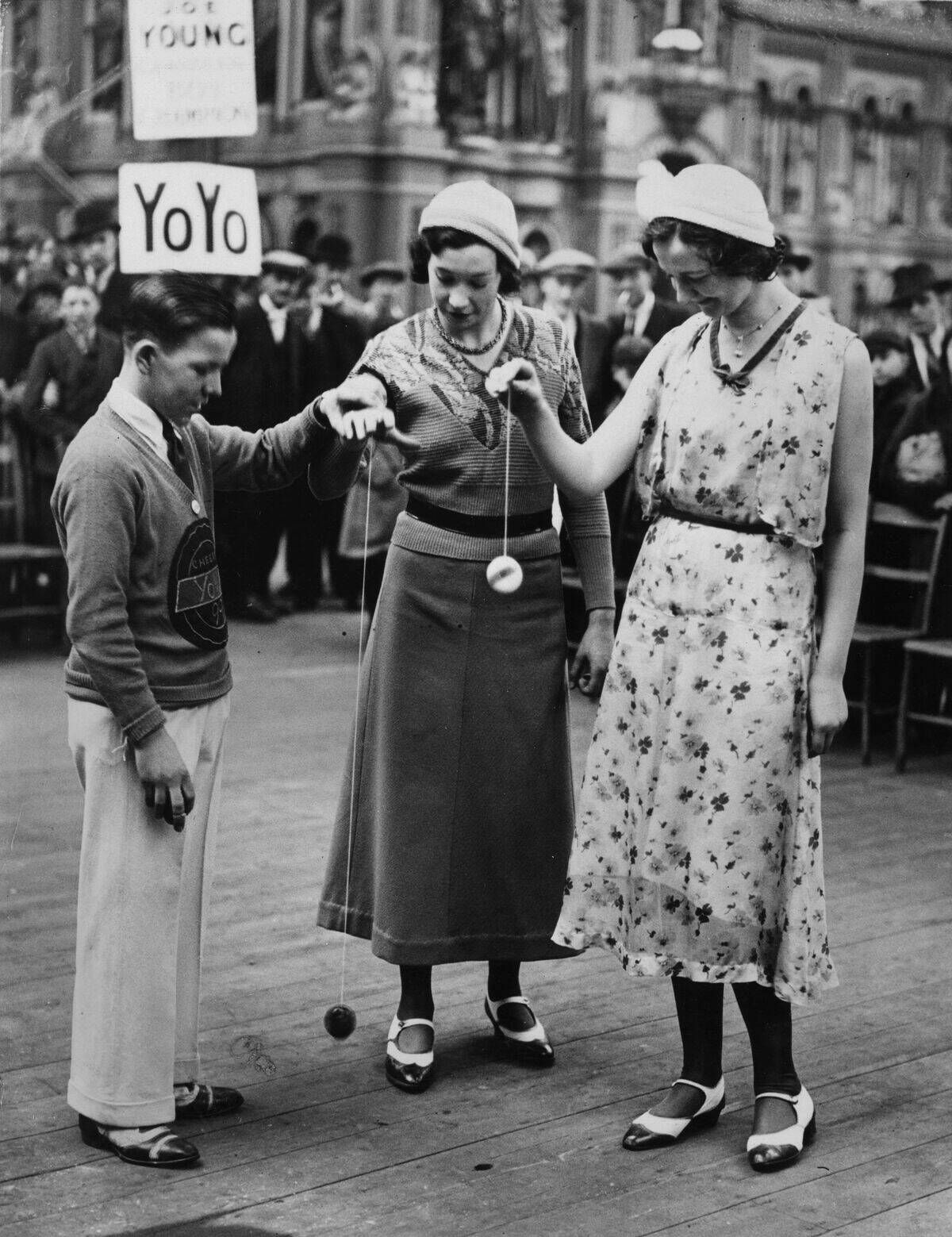
The yo-yo has been around for centuries, with origins tracing back to ancient Greece. This simple toy, consisting of two discs connected by an axle and a string, has evolved into a skillful sport.
The modern yo-yo, popularized by Duncan Toys in the 20th century, led to a surge in tricks and competitions. From the classic ‘walk the dog’ to complex string tricks, the yo-yo has captured the fascination of generations, proving its timeless appeal.
The Water Wiggle: A Splashy Sensation

Introduced by Wham-O in 1962, the Water Wiggle was a sprinkler toy that provided cool relief on hot summer days. This wiggly device attached to a garden hose, spraying water in unpredictable directions, bringing laughter and chaos to backyards.
Despite its popularity, the Water Wiggle was eventually discontinued due to safety concerns. Nevertheless, it remains a nostalgic memory for those who experienced its wild antics during childhood summers.
Speak & Spell: Learning with Technology
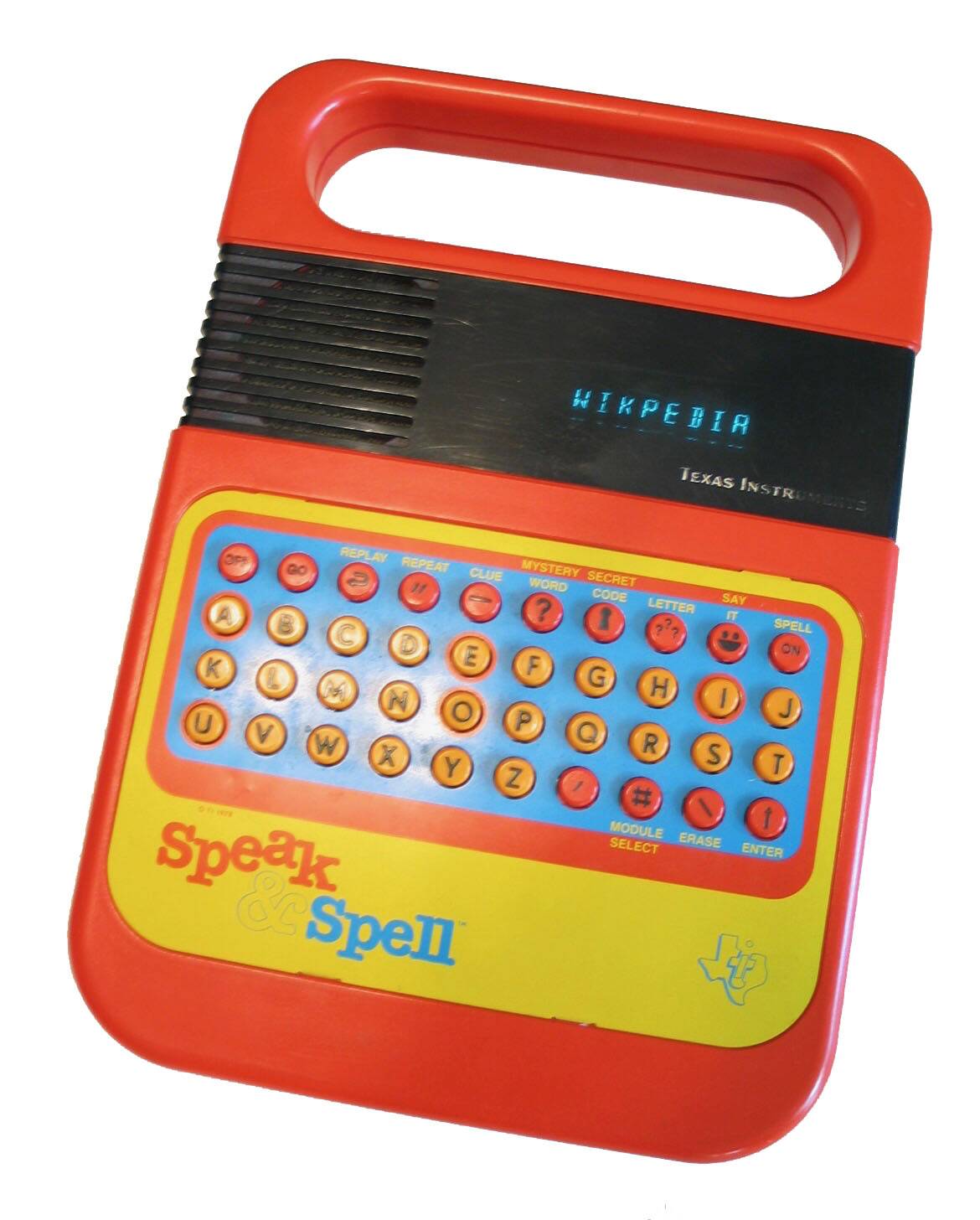
The Speak & Spell, released by Texas Instruments in 1978, was one of the first electronic devices aimed at children. This educational toy used a speech synthesizer to help kids learn spelling and pronunciation, making learning interactive and fun.
With its colorful keypad and robotic voice, the Speak & Spell was a technological marvel of its time. It also gained pop culture fame with its appearance in the movie ‘E.T. the Extra-Terrestrial.
The Whimsical World of My Little Pony
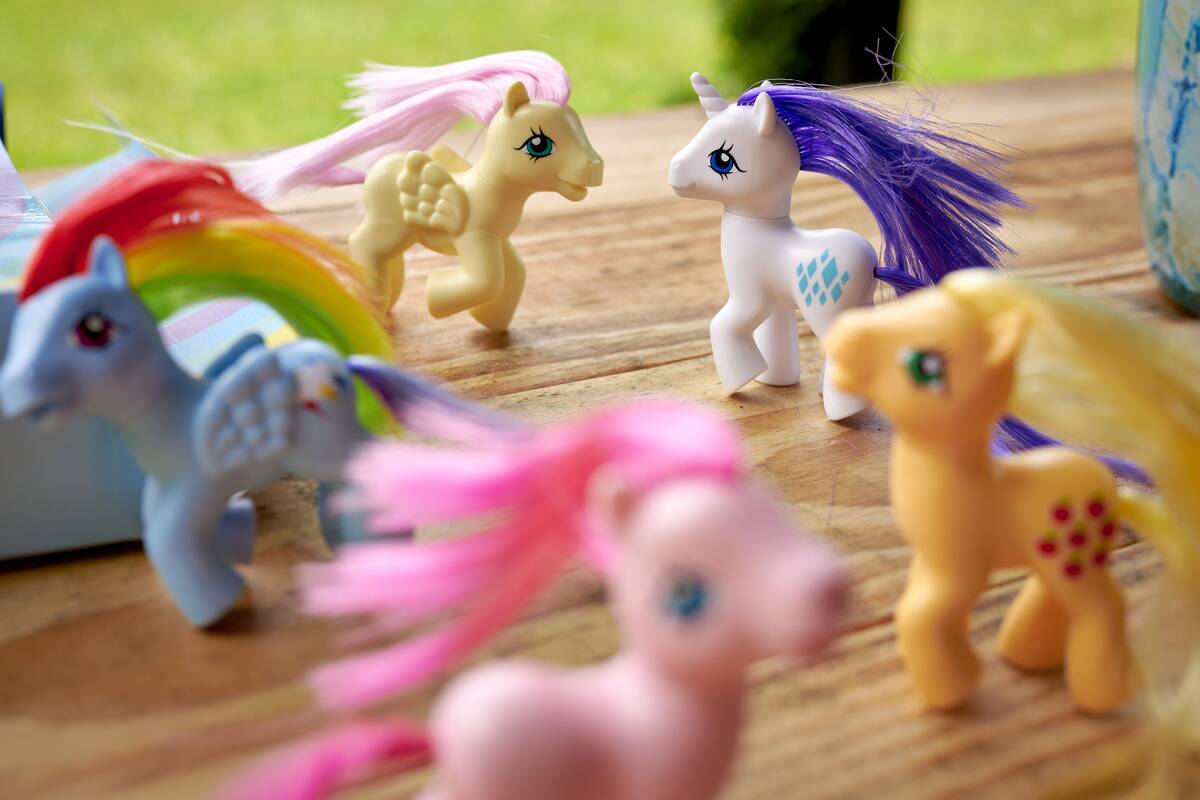
My Little Pony, introduced by Hasbro in 1983, enchanted children with its colorful, magical ponies each with unique symbols on their flanks. These toys quickly expanded into a franchise with animated TV shows and movies, captivating fans with themes of friendship and adventure.
The brand has experienced several revivals, with ‘My Little Pony: Friendship is Magic’ becoming a significant cultural phenomenon, attracting a diverse fan base of all ages.
View-Master: A Window to Adventure
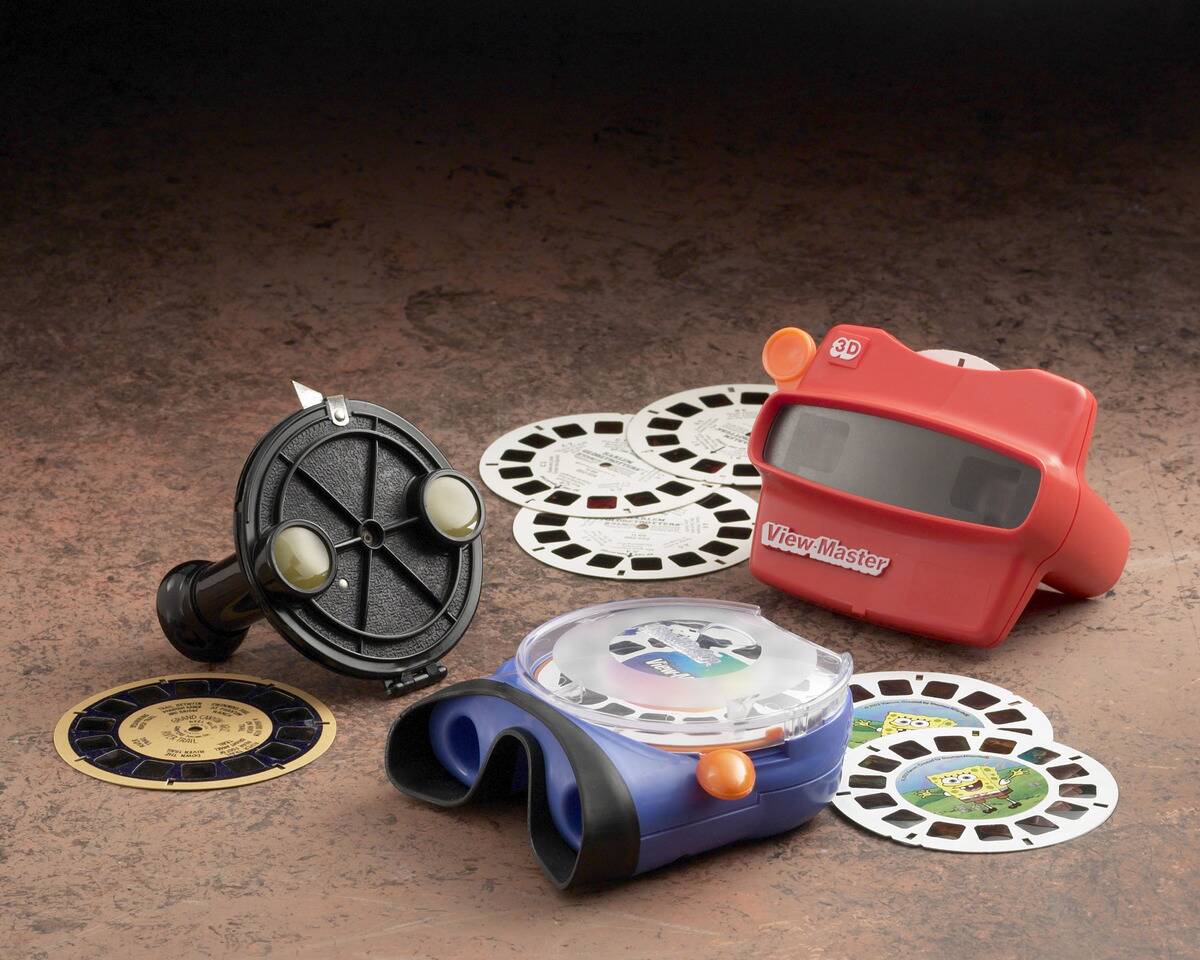
The View-Master, first introduced at the New York World’s Fair in 1939, provided a unique way to explore the world through stereoscopic images. With its iconic red viewer and circular reels, users could embark on visual adventures from the comfort of their homes.
The View-Master offered scenes from nature, cartoons, and even famous landmarks, making it a beloved educational toy. Its popularity endures, with new reels and viewers still available today.
Etch A Sketch: Drawing Without a Pencil
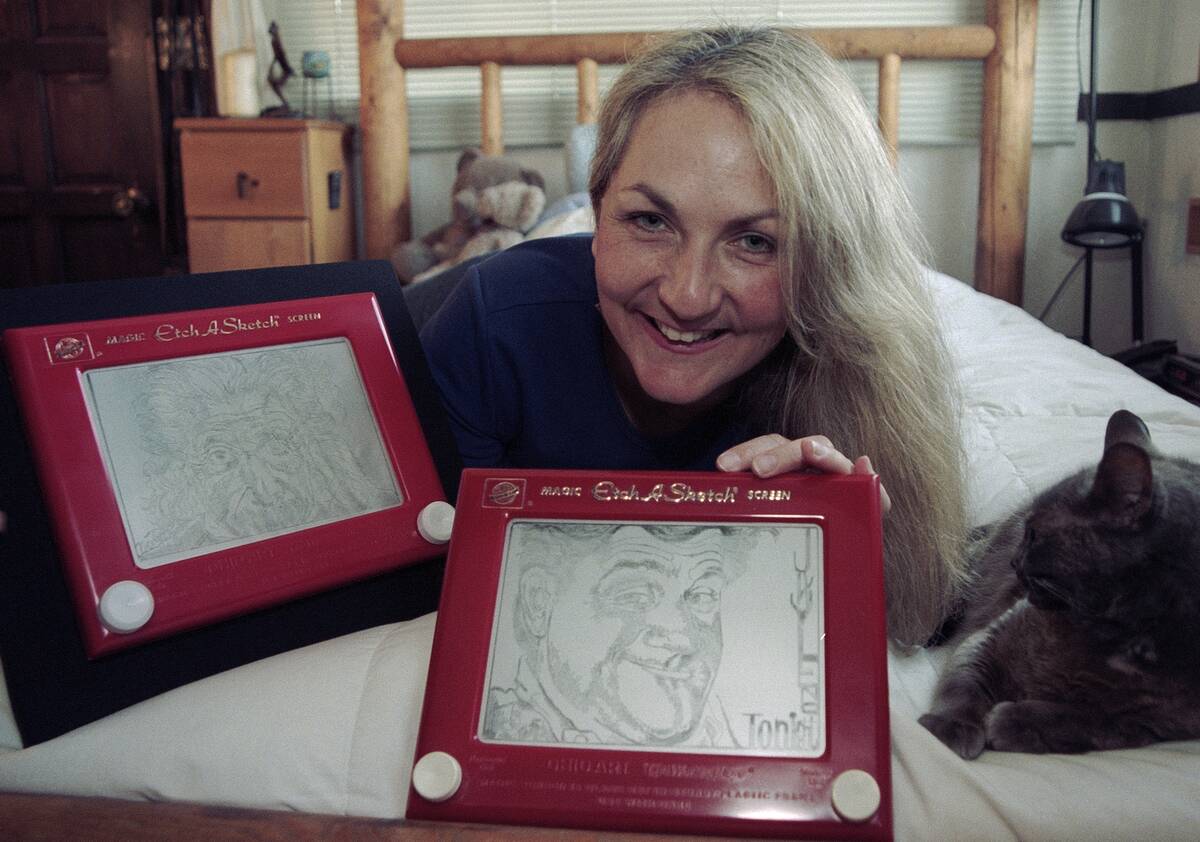
Etch A Sketch, invented by André Cassagnes and introduced by Ohio Art Company in 1960, offered a unique drawing experience. This mechanical drawing toy used a stylus controlled by two knobs, allowing users to create endless line art designs.
The satisfying shake to erase feature made it easy to start a new masterpiece. Despite its simplicity, Etch A Sketch has remained a popular toy, with artists even creating intricate artworks using the device.
G.I. Joe: Action Figures with a Mission

G.I. Joe, launched by Hasbro in 1964, was the first action figure aimed at boys. These 12-inch figures came with uniforms and accessories, representing different branches of the military.
The line evolved over the years, introducing smaller figures and elaborate playsets, along with an animated series and comic books. G.I. Joe became a symbol of heroism and adventure, inspiring countless imaginative battles in backyards and playrooms.
The Iconic Furby: A Talking Friend
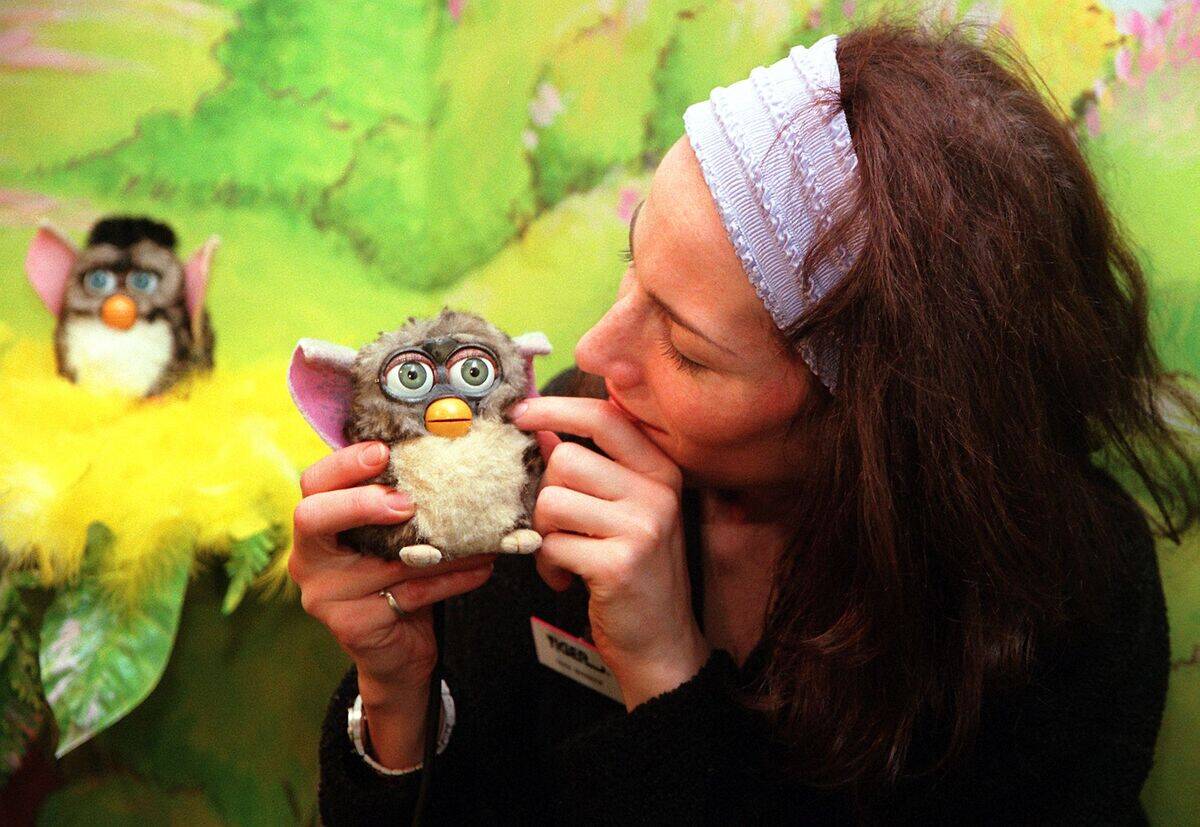
Furbies, introduced by Tiger Electronics in 1998, were interactive toys that captured the imagination of children with their ability to ‘talk’ and ‘learn’. These owl-like creatures spoke their own language, ‘Furbish,’ but gradually learned English words and phrases.
As a precursor to AI toys, Furbies were a huge hit, selling over 40 million units in their first three years. Their quirky personalities made them both fascinating and a little eerie, yet undeniably iconic.
Simon Says: Memory Game Madness

Simon, the electronic memory game introduced by Milton Bradley in 1978, challenged players to remember and replicate sequences of lights and sounds. This circular game with its four colorful panels became a test of memory and concentration, offering both solo and multiplayer modes.
The catchy tunes and increasing difficulty levels made Simon a thrilling challenge. It remains a beloved classic, with modern versions incorporating new features for contemporary audiences.
Cabbage Patch Kids: The Adoption Craze
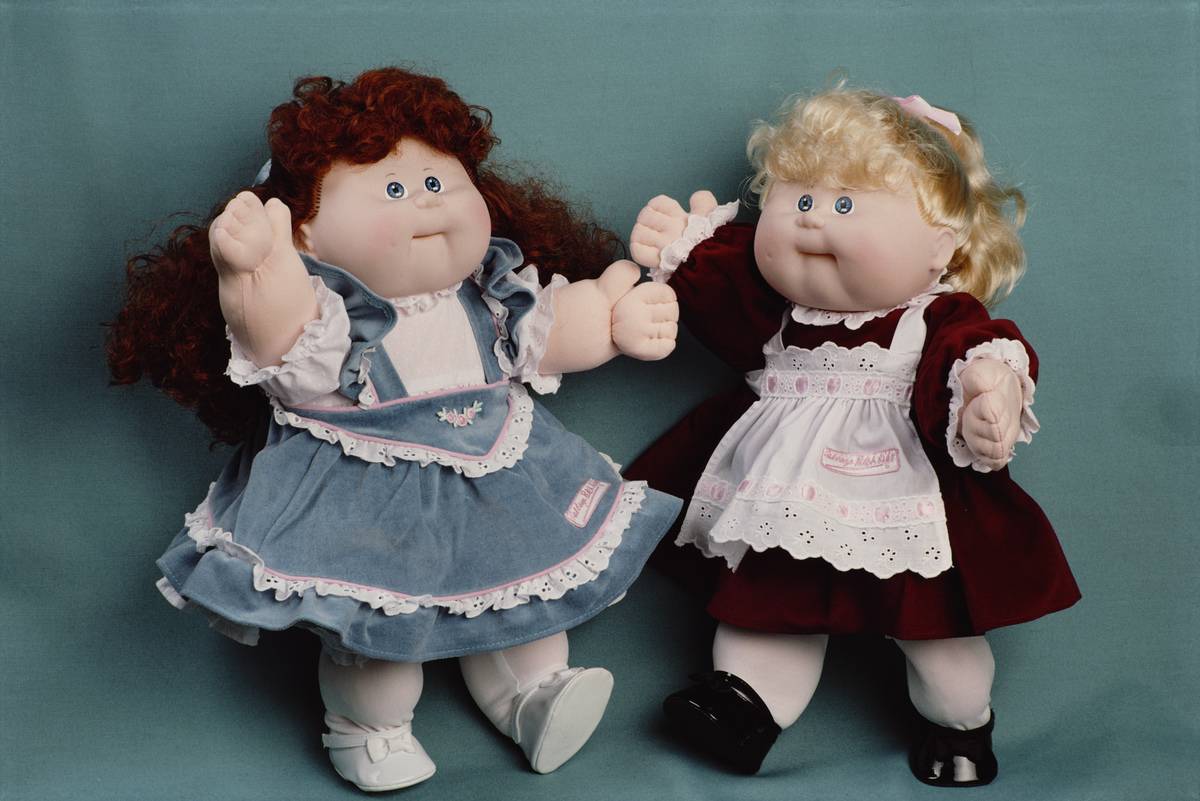
Cabbage Patch Kids, created by Xavier Roberts in 1978, became a cultural sensation with their unique adoption premise. Each doll came with a birth certificate and adoption papers, making every purchase a special event.
Their distinct soft bodies and wide-eyed faces made them instantly recognizable and highly sought after during the 1980s. The craze led to frenzied shopping scenes and solidified Cabbage Patch Kids as one of the most iconic toys of the decade.
Silly Putty: Bouncing into Hearts
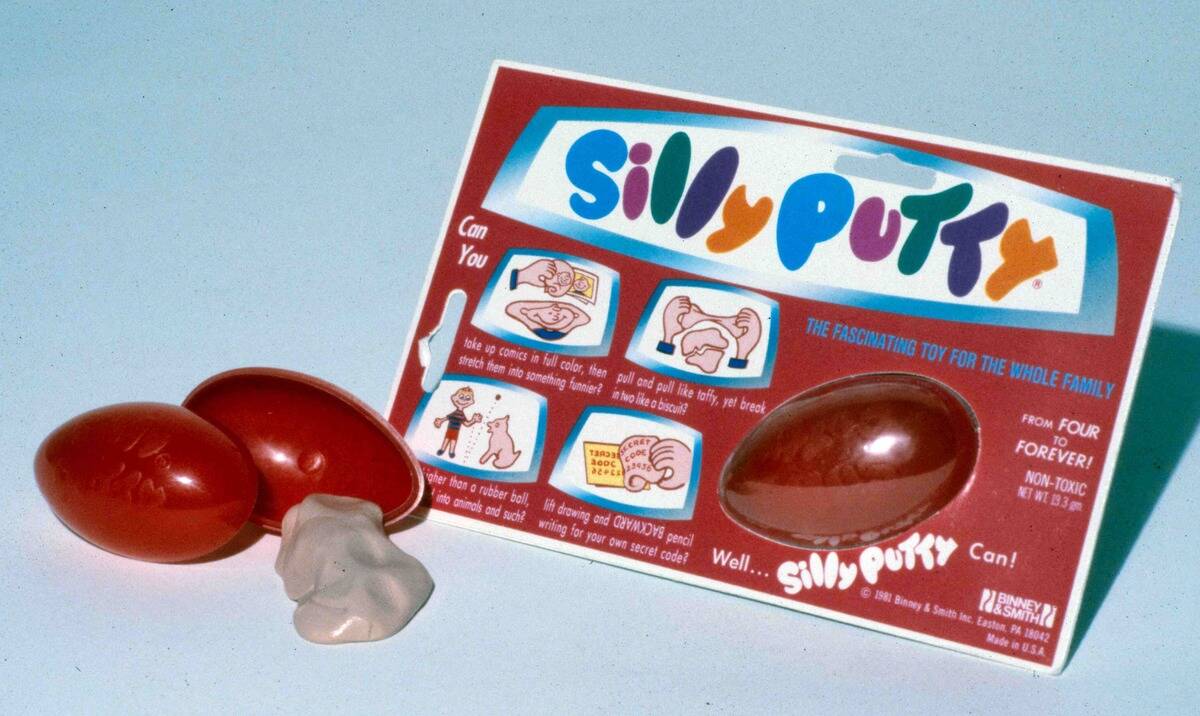
Silly Putty, discovered by accident during World War II, became popular in the 1950s as a playful and versatile toy. This stretchy and bouncy substance could lift comics from newspapers, mold into shapes, and even bounce.
Its unique texture and ability to stretch without breaking made it a fascinating novelty item. Silly Putty remains a beloved classic, still enjoyed by children and adults for its simple yet captivating properties.
The Original Nintendo Entertainment System: Gaming Glory
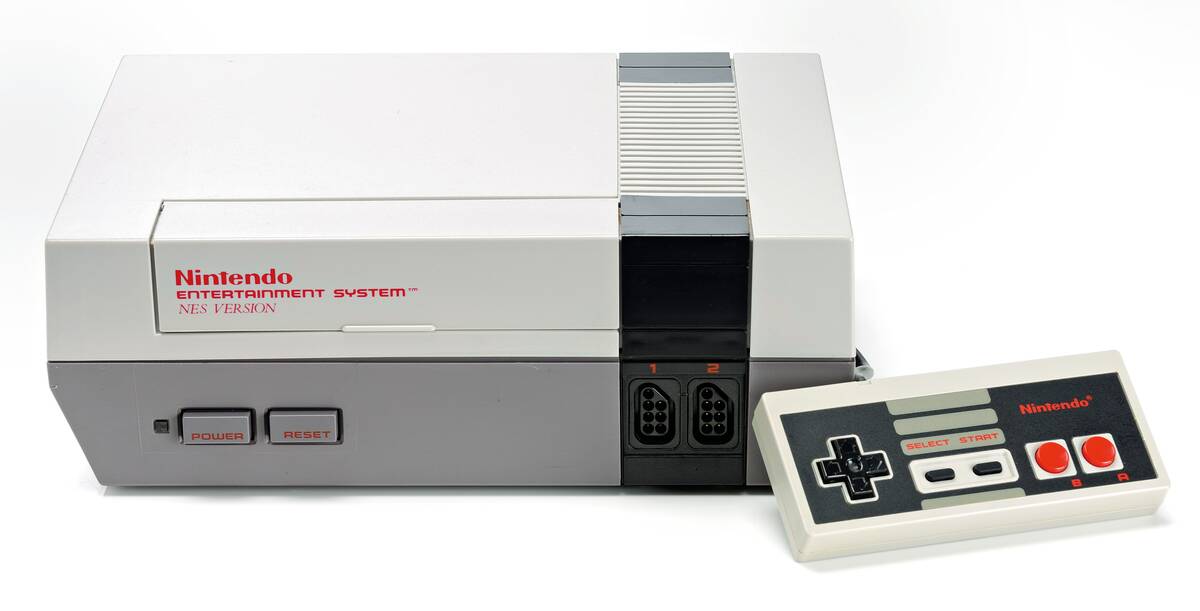
The Nintendo Entertainment System (NES), released in 1985, marked a new era of home gaming. With iconic games like Super Mario Bros. and The Legend of Zelda, the NES captured the hearts of millions worldwide.
Its revolutionary graphics, memorable characters, and engaging gameplay set new standards for the gaming industry. Selling over 61 million units, the NES not only revived the video game market but also laid the foundation for Nintendo’s future successes.



